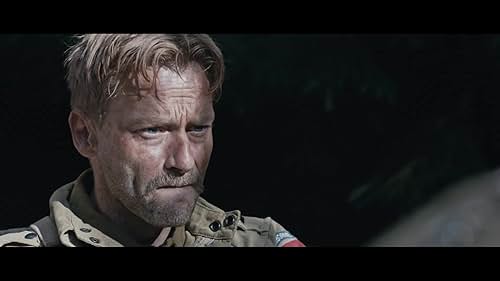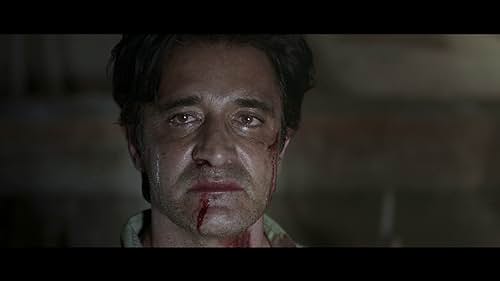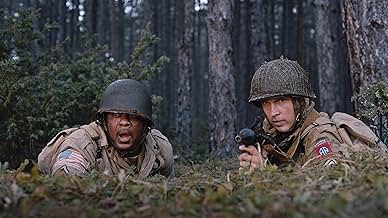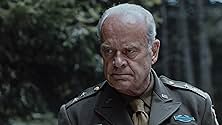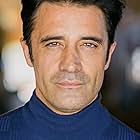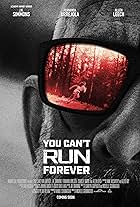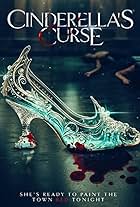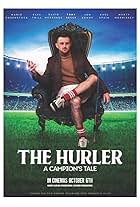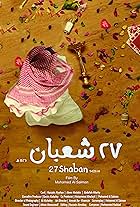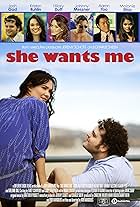From the start, there were some red flags I noticed pretty quick. Any period piece has to do due diligence on the locations, costumes, and jargon. The locations were ok, but the uniforms and jargon were off. Their conduct during operations were questionable as well. Generals do not give operational briefings to troops. It runs down-hill for the officers to the sergeants. The sergeants told the soldiers only what they Need-To-Know.
For example, you do not salute while in theatre of operations (combat zone). Saluting to an officer told any would be sniper who they should shoot ant. Also, officers did not wear shiny rank or medals for that same reason. Army issued field rank would be subdued for all ranks. The shiny stuff was only worn in garrison.
A two star general would not typically be that far forward to enemy lines. Generals could not be in-harms-way, the capture of military intelligence from a high ranking officer could be devastating.
As for jargon, the Army loves its acronyms. In a movie, you have to sprinkle some in to make the movie believable; too much and you lose the civilians.
During WWII, the Army was still segregated. Soldiers of color typically served as cooks, drivers, and maintenance workers with only a few exceptions. President Truman ordered desegregation in 1948.
The costumes (uniforms) were close, but they obviously didn't have the budget to do the movie justice.
For a few thousand dollars the producers could have hired a military consultant and got most of this if not all this right.
Hiring a few head-liners is not going to be save a movie. The devil is in the details.
Overall, the characters were likable and most were believable.

